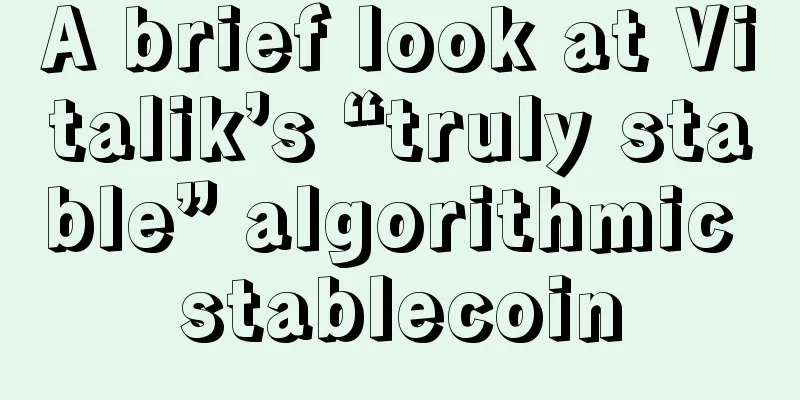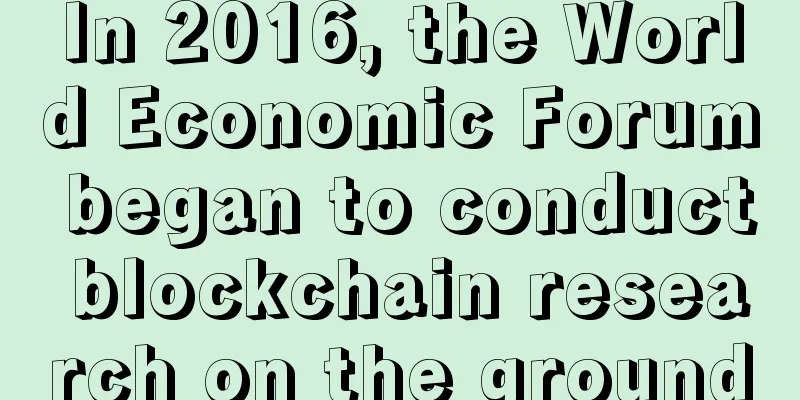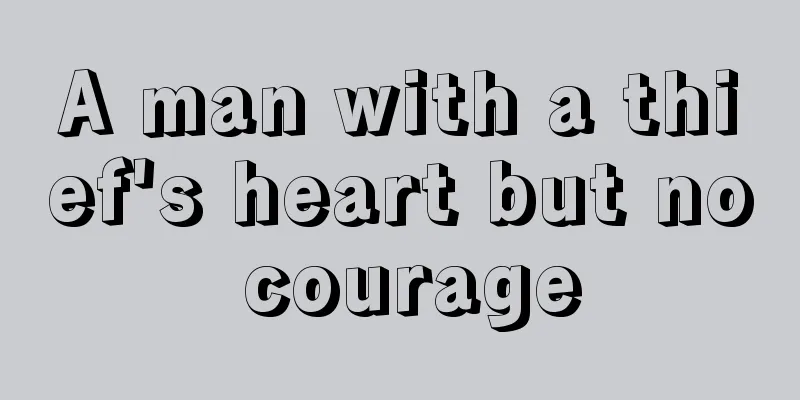A brief look at Vitalik’s “truly stable” algorithmic stablecoin

|
After the recent LUNA crash that resulted in billions of dollars in losses, Ethereum co-founder Vitalik Buterin has publicly expressed his views, sharing with the crypto community two of his thought experiments on making algorithmic stablecoins “truly stable.” In a blog post, he explained that greater control over DeFi financial mechanisms — especially those designed to optimize capital efficiency — is most welcome. But more importantly, we should all recognize that good performance today does not guarantee future returns or prevent future crashes. There are many models of automated stablecoins that are fundamentally flawed and destined to fail at some point, and many more that can survive in theory but are very risky. Many stablecoins are very robust in theory and have withstood the test of extreme conditions in the crypto market. Therefore, what we need is not "stablecoin supporters" or "stablecoin doomsayers", but a return to principle-based thinking. Could a Stablecoin Drop to Zero Users?Buterin said that when stablecoin activity in the market drops to close to zero, users should be able to extract fair value liquidity from stablecoin assets. In the context of Terra, Buterin wrote a “Volcoin” — a volatile counterpart to a stablecoin, in this case LUNA. The price of Volcoin fluctuates with expectations of fees from future activity in the system, and as expected future activity approaches zero, the market cap of Volcoin decreases until it becomes very small compared to the stablecoin. “First, Volcoin price drops. Then the stablecoin starts to become unstable. The system tries to support the demand for the stablecoin by issuing more Volcoin. Since trust in the system is low and there are few buyers, the price of Volcoin drops very quickly. Eventually, when the price of Volcoin approaches zero, the stablecoin collapses.” Ethereum uses a different principle. The security of Ethereum's stablecoin RAI relies on Ether, an asset outside the RAI system. Therefore, a decrease in trust in the stablecoin does not lead to a negative feedback loop between the two assets, and users can still exchange RAI for ETH. During this process, Ether is locked in the vault to ensure that the stablecoin is backed. Another modelVitalik also explained another working principle of stablecoins. Stablecoins are pegged to an index that grows 20% per year. This can lead to two results: either negative interest rates are imposed on holders, offsetting and balancing the growth rate of the US dollar included in the index. Or it becomes a Ponzi scheme, giving huge returns to stablecoin holders for a period of time, until one day the entire system suddenly collapses. “This reveals a deeper, more important truth about stablecoins: in order for a collateralized automated stablecoin to be sustainable, it must somehow incorporate the possibility of negative interest rates,” Buterin explained. “Stablecoins have to be able to somehow cope with a situation where interest rates are zero and demand for holding is higher than demand for borrowing. If that happens, the price will rise above the peg and the stablecoin will be vulnerable to price movements in either direction, which is very unpredictable,” he added. In conclusion, Buterin pointed out that even if a system passes this test, it does not mean it is safe. Such stablecoins may be vulnerable for other reasons, such as insufficient collateral and governance flaws or loopholes. “But the steady state and stability in extreme cases should be one of the first things we check,” Buterin said. It remains to be seen whether Vitalik Buterin’s suggestion will work. |
<<: Wu said-Weekly mining information 0523-0529
>>: In-depth analysis of seven major use cases of Ethereum from the perspective of gas fees
Recommend
How to read the face of a man who has a rough life
Everyone will experience various ups and downs in...
EXN coin, currently uses the old Monero algorithm, will be forked later
Ex Nihilo Coin Specifications: Algaorythm: Crypto...
The most rare palm lines and fortune telling diagram
In addition to the three main lines of palmistry ...
Illustration of moles on the soles of feet
Illustration of moles on the soles of feet Zhu Yu...
What are the faces that like to join in the fun the most?
A person's face can reveal a lot of things. T...
How to read the fortune line in palmistry
In palmistry, the money line represents a person’...
There are three types of faces with good family background. Why do we say that these faces have good family background?
Everyone is born differently, so what kind of fac...
Does a woman with a mole on her back have a miserable life? What are the meanings of moles on the back?
Many people believe that if a woman has a mole on...
Japanese mining equipment company Triple-1 completes research on 7NM chip
According to Nikkei News, Japanese listed company...
How is the fortune of a person with the Phoenix Eye Pattern?
People with Chengtoutu fate and phoenix eye patte...
What does a mole on the inside of the hand mean? Does a mole on the inside of the hand mean good fortune?
Moles in different positions have different meani...
What are people with great fortune and destiny like?
There is an old Chinese saying: "Those who s...
Iran's strict regulations have caused miners to move abroad, and non-profit organizations are trying to lobby for reforms through parliament and other means
Recently approved cryptocurrency mining regulatio...
Dr. Jiang Hai from the Chinese Academy of Sciences: Discussion on the application of blockchain in equity crowdfunding
Blockchain is an innovative distributed transacti...
The face of a person who spends money like water
The biggest worry in life is that you don’t earn ...









